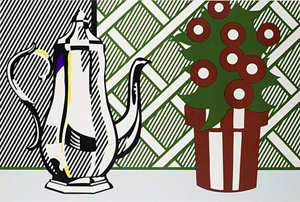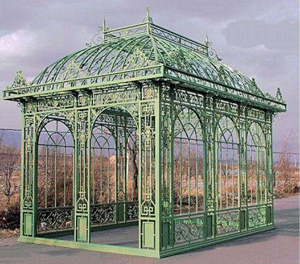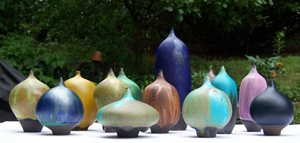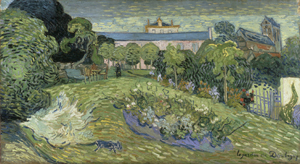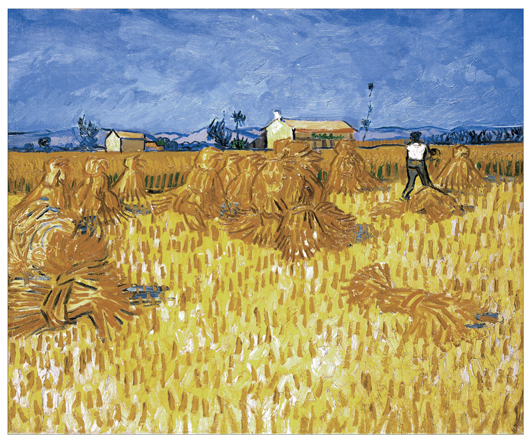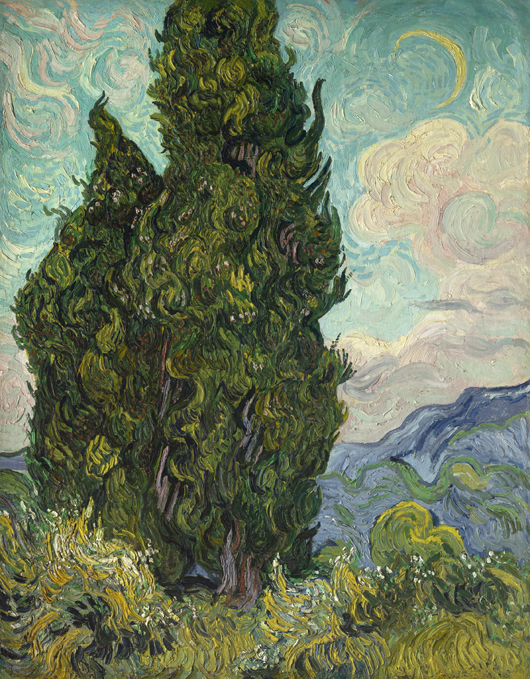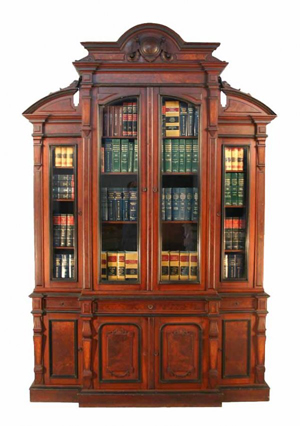CENTRAL, La. (AP) – James McConnell, furniture restorer, estimates he’s down to about the last 25 percent of the 1,000 or so antiques that he and his family took in – inanimate but treasured victims of the storm – after Hurricane Katrina.
He figures the work of restoring those remaining pieces for their New Orleans owners will take about another two-and-a-half years.
“Then it will be complete,” said McConnell, whose father restored furniture as a hobby. James and his wife, Terry, have been in it as a business since 1977.
From the workshop behind their home in Central, they and other family members and staff have ridden a steep learning curve since their first post-Katrina call from a client whose home was flooded.
When they drove to New Orleans to pick up clients’ damaged furniture, Terry McConnell said, “These people are just running up the street. ‘Please take our stuff.'”
In the end, the couple had about 40 Katrina clients “all over New Orleans,” James McConnell said.
Although the McConnells began restoring antiques in 1987 when they were introduced to the skill by the late Ken McKay of McKay’s Interiors, the Katrina work was something different, James McConnell said.
“You’re not dealing with the normal ‘fix it and restore the finish,'” he said.
“It’s broken, swollen, in 50 pieces. The locks and hinges don’t work – and (there was) the water line. Every single thing had a water line,” McConnell said.
“It was beautiful from here up,” he said, gesturing upward from about waist-high, at his workshop recently.
“From here down, it was burnt and grayish,” he said, sweeping his hand toward the ground.
“A lot of this stuff, it became a contest: ‘You’re not going to beat me,'” he said.
It’s a feeling he’s learned is shared by others doing hurricane restoration work for such things as documents, artwork and more.
“It tested you to such a different level … it tested you to the limit,” McConnell said.
There was also a new dimension to the Katrina-related work.
The massive armoires, tables, dressers and bureaus, centuries old, were valuable in themselves, but they also represented value of a different kind.
The pieces were also full of personal papers, clothes – even a wedding dress, pictures, table linens, silverware, china and other of the seemingly mundane yet precious things that people treasure.
The owners, though, couldn’t retrieve their belongings. The water-soaked wood had swollen, and drawers and doors couldn’t be opened without damaging the furniture, McConnell said.
“We had to dissect the backs (of the pieces) and the backs of drawers to get the stuff out,” he said.
They’d take out the contents, let the items dry, then box and label them, to be returned to their owners, he said.
The staff was aware of the sensitive nature of the work.
“You almost feel like you’re violating their space,” McConnell said, so the unpacking work was done with great care.
Over the last four years, the majority of their New Orleans clients have become “good friends now,” like family, he said.
The McConnells, in addition to their sons Brent and Matt and Terry’s sister, Sherry Romanoski, who also work in the business, have heard families’ stories about the furniture they’ve worked on and incredible hurricane stories, as well.
A man in Pass Christian, Miss., called to ask if they could retrieve a table that appeared sound but was 10 feet up in a tree, McConnell said.
Someone else ultimately got it down. The massive fruitwood table, measuring about 4 feet by 10 feet, sits safely in the McConnells’ warehouse, waiting its turn to be restored.
The McConnells worked on pieces that were full of china when the storm struck, floated up and settled down again as the flood receded, with every bit of china intact.
Betty Newman, who now lives in Mandeville, lived on Slidell’s waterfront when the storm surge rushed into her house and out again, sweeping her furniture into the yard. Only her fence kept it out of a canal, Newman said.
The furniture “was outside, bleaching in the sun,” she said.
Newman said the McConnells have restored 10 large antiques she had inherited, including her father’s desk and her great-grandparents’ dining room table.
They’re now “just magnificent,” she said.
“I was very blessed,” Newman said.
Linda Kiefer, the first New Orleans client to call the McConnells after the storm, on the advice of her Baton Rouge interior decorator, said that in all the uproar following the storm, the McConnells “were the calmest people we met.”
Their restoration “was the closure of the whole storm, not only physically but emotionally,” Kiefer said.
In addition to a warehouse in Baton Rouge, the McConnells also rent a portion of a next-door neighbor’s large backyard warehouse.
There, on heavy-duty, three-level racks, sit chairs and tables, their elegant lines still mostly intact, despite the terrible damage.
Each piece was cleaned immediately after the McConnells received it.
Much is stored upside down, because the legs or bases can no longer support the pieces.
Terry usually handles the repairs, including molding or carving replacement parts.
James McConnell and his sister-in-law, Romanoski, restore or refinish the wood.
The wood above the water line can be restored – cleaned and polished with a “ton of elbow grease,” McConnell said.
Below the water line, the wood is carefully refinished to match the original look.
“There’s no restoring the finish that was submerged,” he said.
New veneer, the thin wood on the exterior of many pieces, must be painstakingly reapplied.
The work is time-consuming, said McConnell, taking them three to five times longer than their regular work of cleaning the interiors and restoring the exteriors of pieces for commercial antiques dealers in the Baton Rouge and New Orleans areas.
Some hurricane-damaged furniture couldn’t be saved, either because it would have cost too much or repairs would have replaced so many parts “that the customer wouldn’t have what they started with,” McConnell said.
“It would no longer be an antique but a reproduction,” he said.
But, he said, “Every piece that we said, ‘Yes, we could fix it,’ we batted a thousand on.”
A common response from customers has been that it looks better than it did before the storm, he said.
___
Information from: The Advocate, http://www.2theadvocate.com
Copyright 2009 Associated Press. This material may not be published, broadcast, rewritten, or redistributed.
AP-CS-05-20-09 2040EDT


